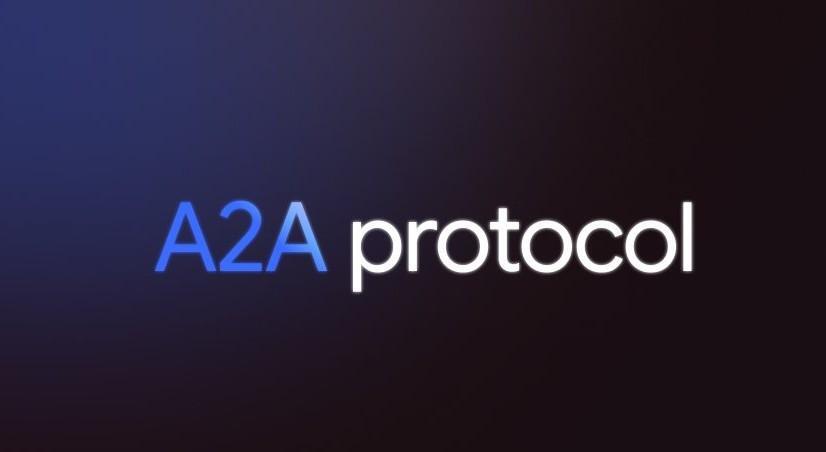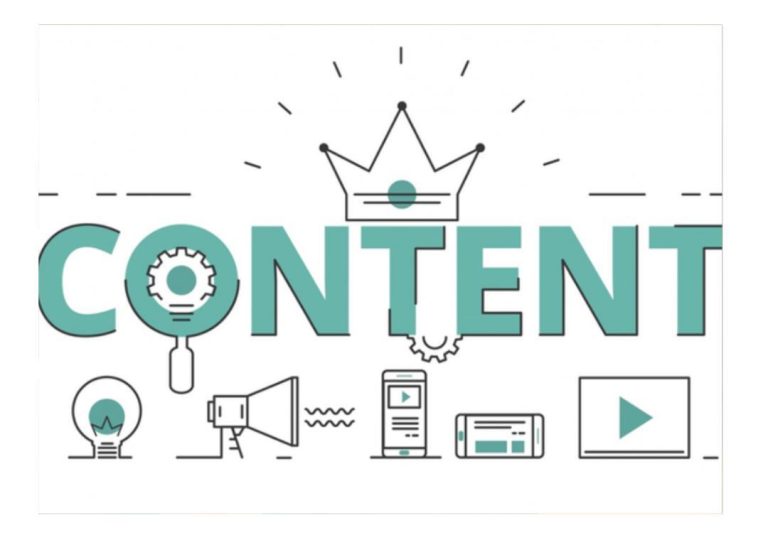
Google Launches A2A Protocol to Enhance AI Agent Synergy
In a significant move to revolutionize the world of artificial intelligence (AI), Google has launched Agent2Agent (A2A), a new open-source protocol designed to enable AI agents from various systems to work together seamlessly. With A2A, AI agents can now communicate with each other, securely exchange information, and coordinate actions across different enterprise platforms or applications.
The A2A protocol is a game-changer in the AI landscape, as it allows developers to build agents capable of connecting with any other agent built using the protocol. This breakthrough technology has far-reaching implications for various industries, including healthcare, finance, and customer service, where AI agents are increasingly being used to automate tasks and improve decision-making.
What is A2A Protocol?
A2A is a lightweight, open-source protocol that enables AI agents to communicate with each other using standardized messaging formats and protocols. This allows agents to exchange information, coordinate actions, and work together to achieve common goals. A2A is designed to be flexible and scalable, making it suitable for use across a wide range of applications and platforms.
Key Features of A2A Protocol
- Interoperability: A2A enables AI agents to communicate with each other, regardless of the platform or system they are built on. This allows developers to build agents that can connect with any other agent built using the protocol.
- Security: A2A ensures secure communication between AI agents using industry-standard encryption and authentication mechanisms.
- Flexibility: A2A is designed to be flexible and scalable, making it suitable for use across a wide range of applications and platforms.
- Standardized Messaging: A2A uses standardized messaging formats and protocols, making it easier for developers to integrate agents and build complex systems.
Benefits of A2A Protocol
- Improved Collaboration: A2A enables AI agents to work together seamlessly, allowing them to share knowledge, skills, and resources to achieve common goals.
- Increased Efficiency: By automating tasks and workflows, A2A can help reduce manual processing times and improve overall efficiency.
- Enhanced Decision-Making: A2A enables AI agents to share data and insights, allowing them to make more informed decisions and improve outcomes.
- Cost Savings: By reducing the need for manual processing and improving automation, A2A can help organizations reduce costs and improve bottom-line performance.
How to Get Started with A2A
To get started with A2A, developers can download the open-source protocol from the Google Developers website. The protocol includes a set of documentation, code samples, and APIs that can be used to build A2A-compliant agents.
What’s Next for A2A?
Google has announced plans to continue developing and refining the A2A protocol, with a focus on improving security, scalability, and usability. The company is also working with industry partners and developers to build a community around A2A, with the goal of creating a robust ecosystem of A2A-compliant agents and applications.
Conclusion
The launch of A2A protocol by Google marks a significant milestone in the development of AI technology. By enabling AI agents to communicate with each other securely and seamlessly, A2A has the potential to revolutionize the way we build and deploy AI systems. We can expect to see significant advancements in AI adoption and deployment in the coming years, as developers and organizations take advantage of the opportunities presented by A2A.
Source: https://developers.googleblog.com/en/a2a-a-new-era-of-agent-interoperability/






